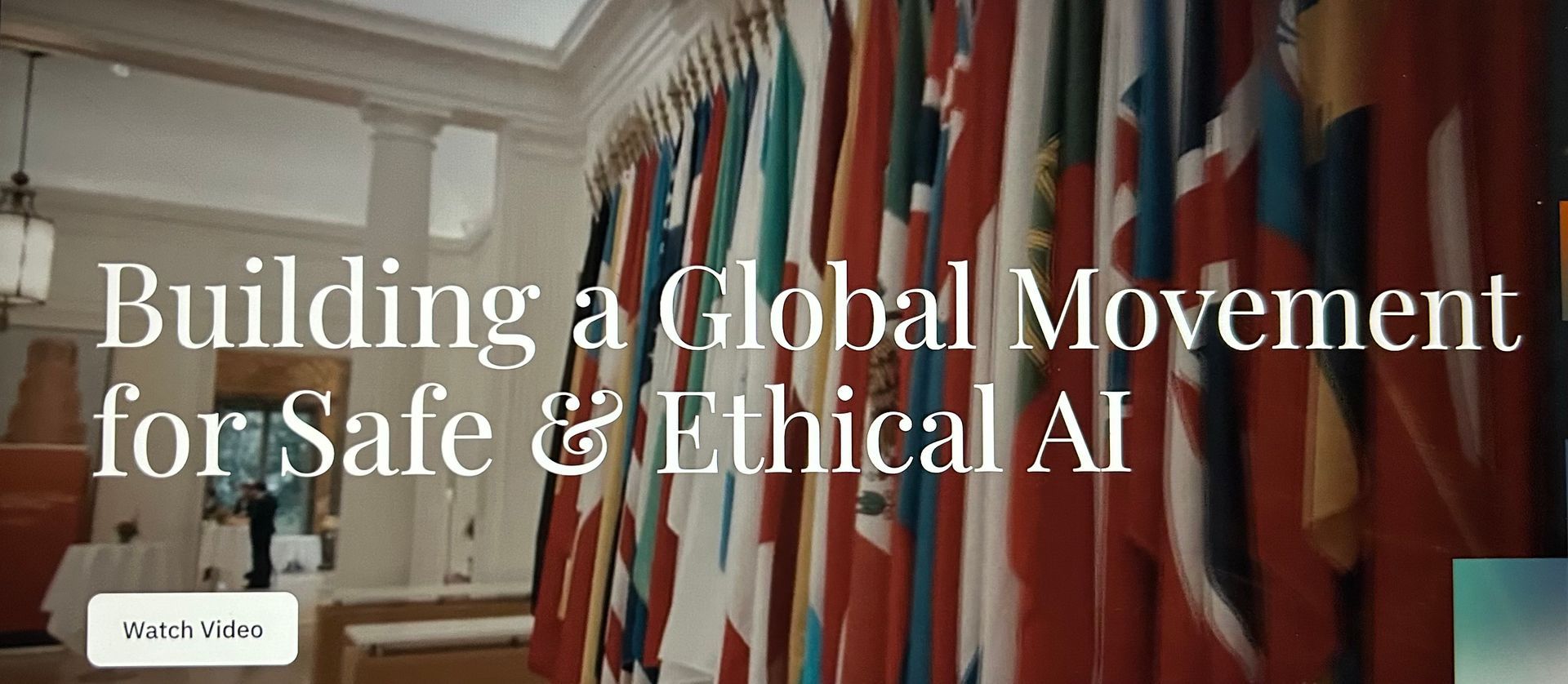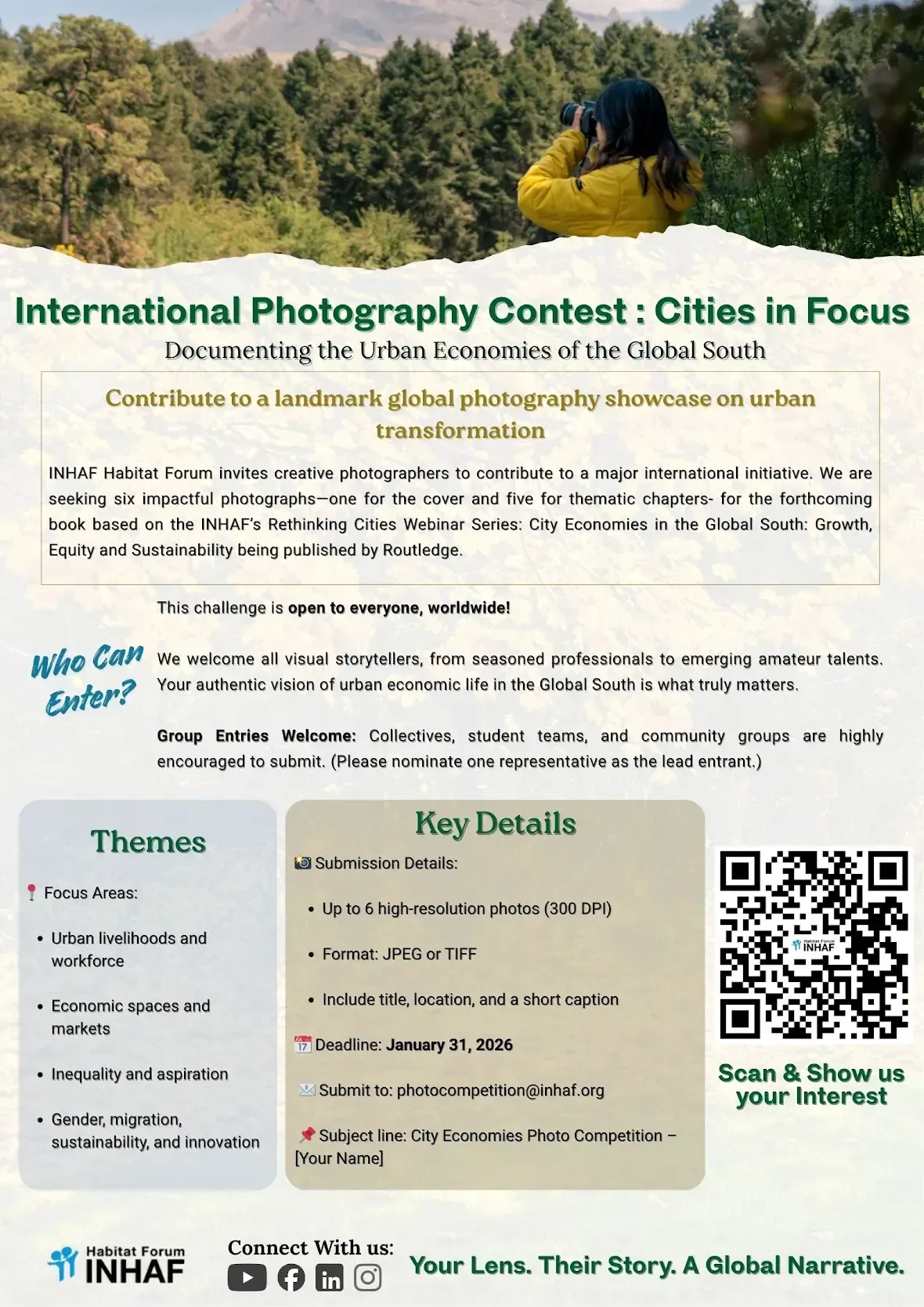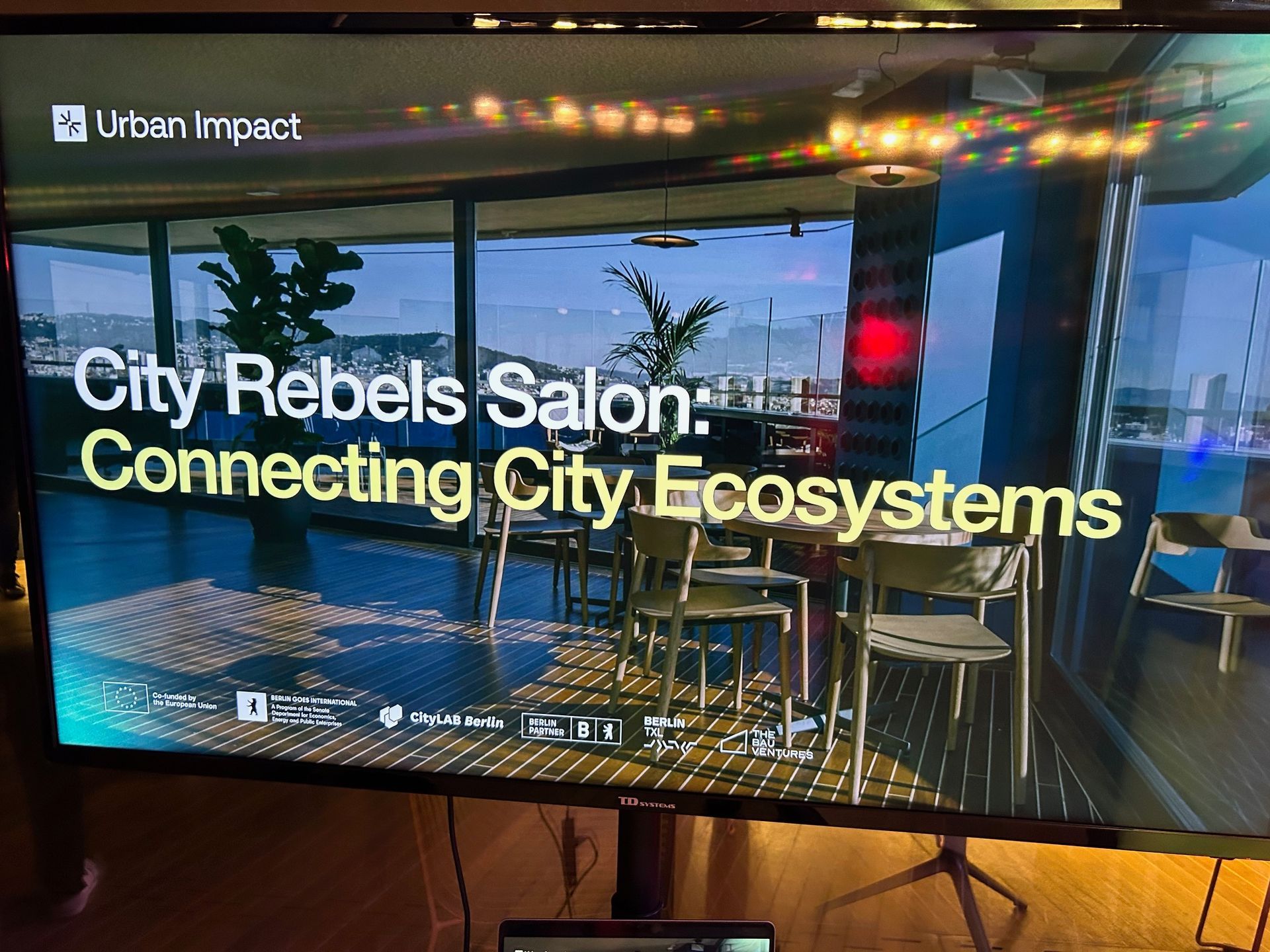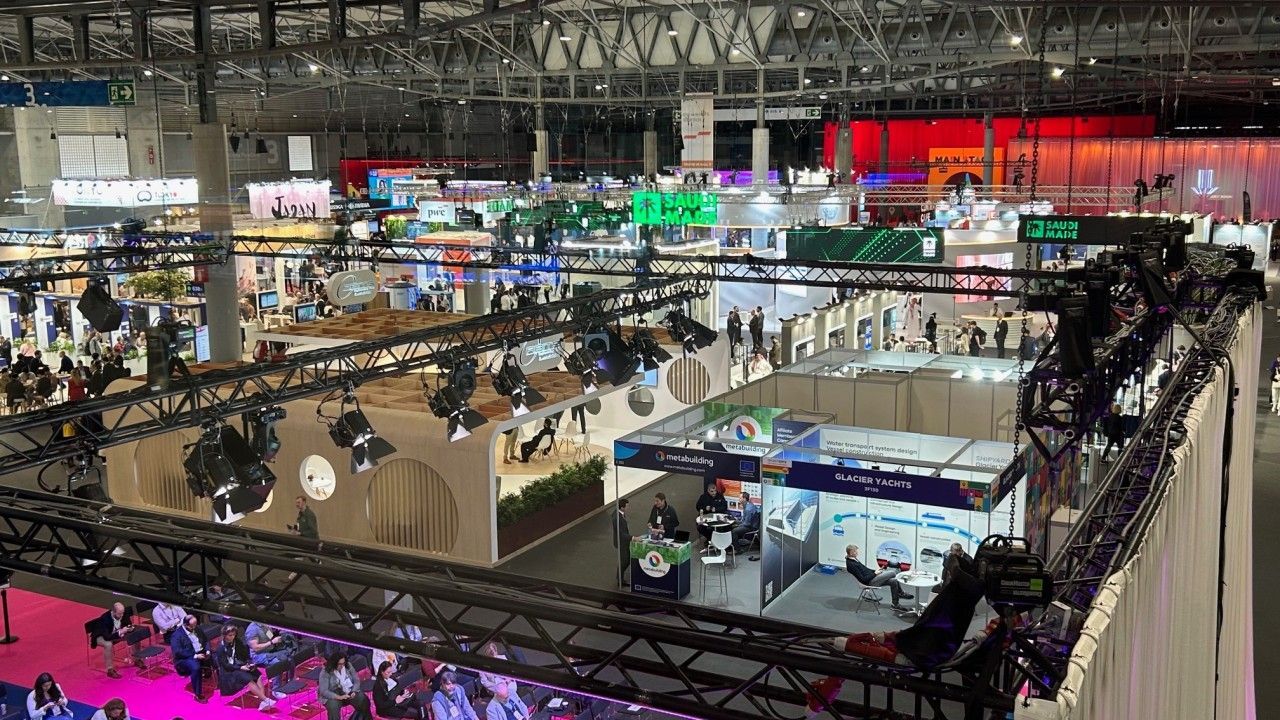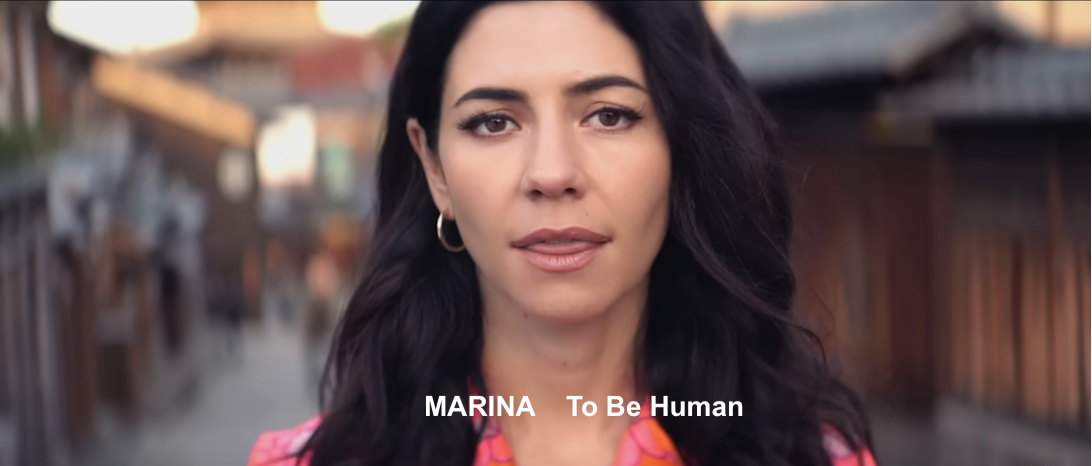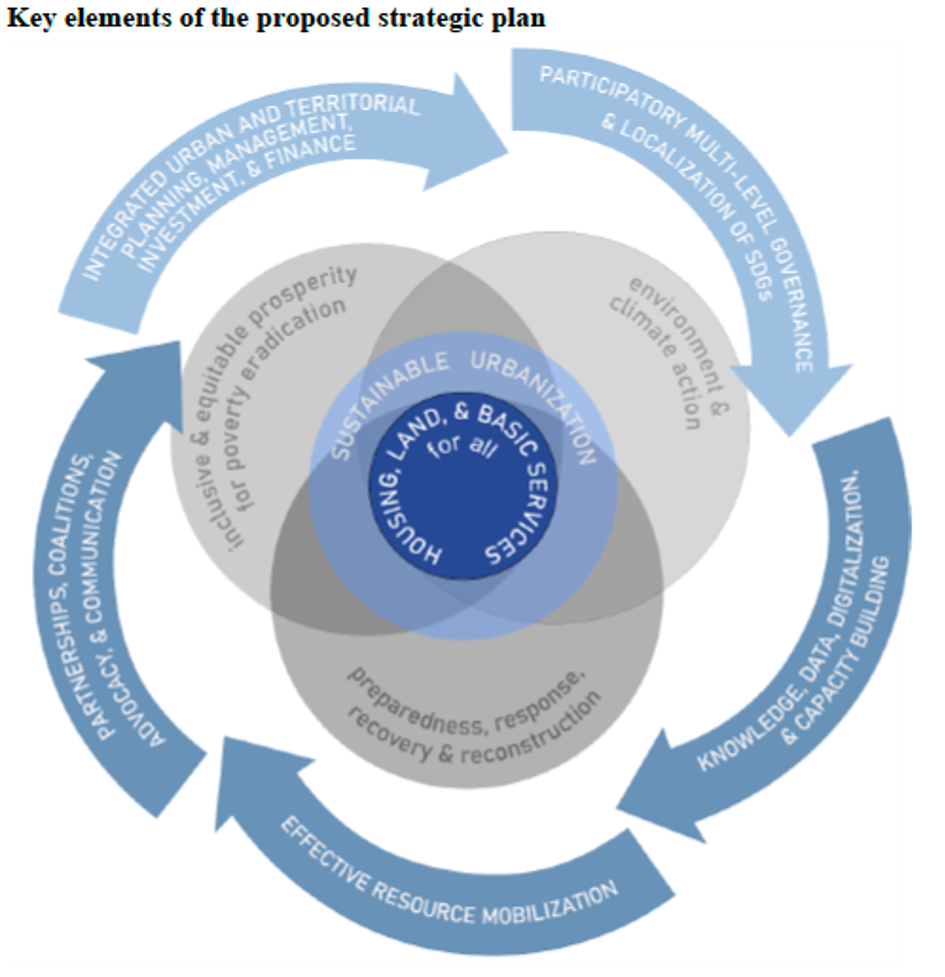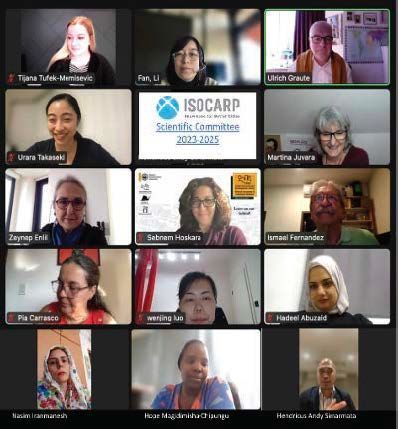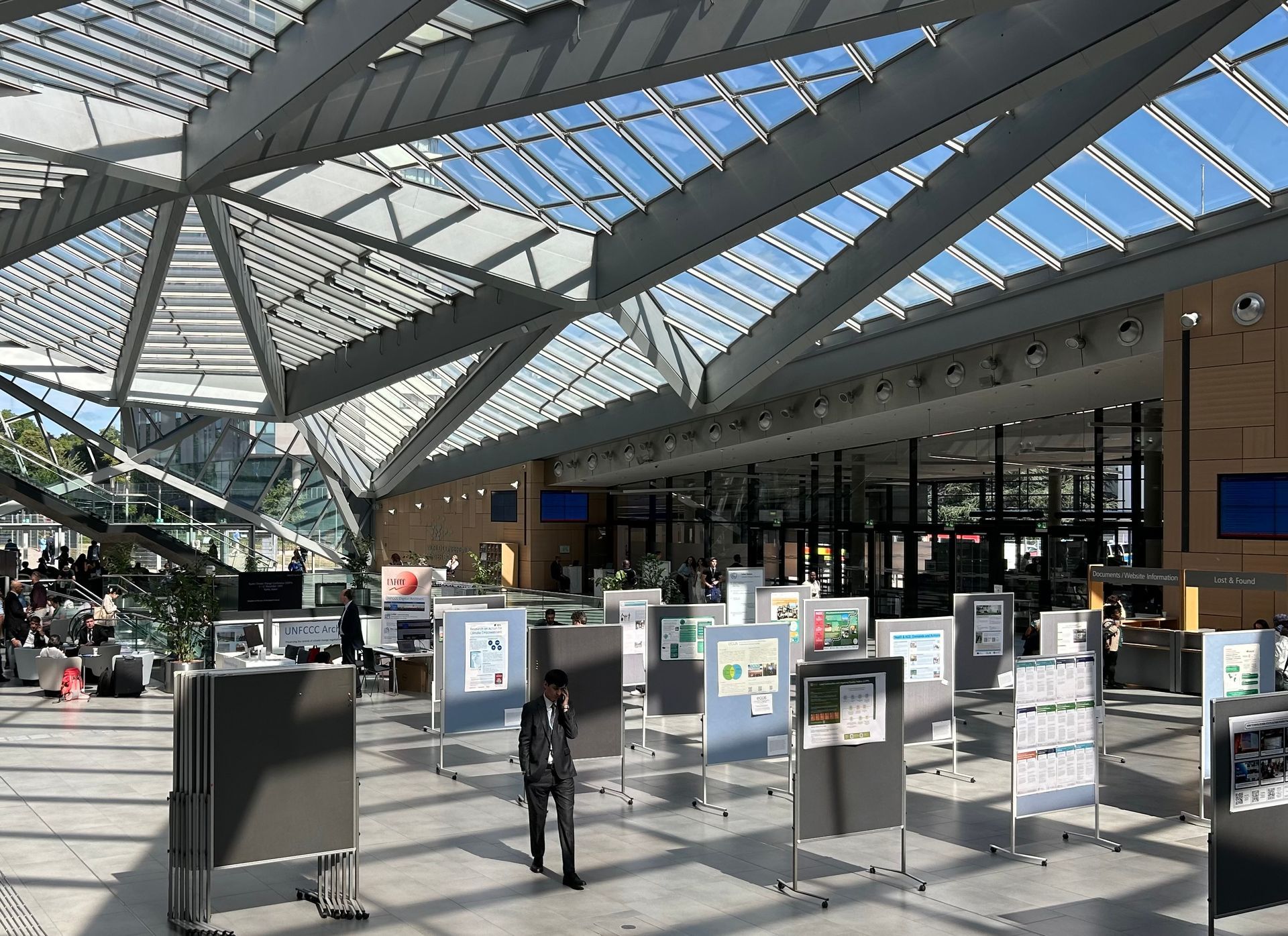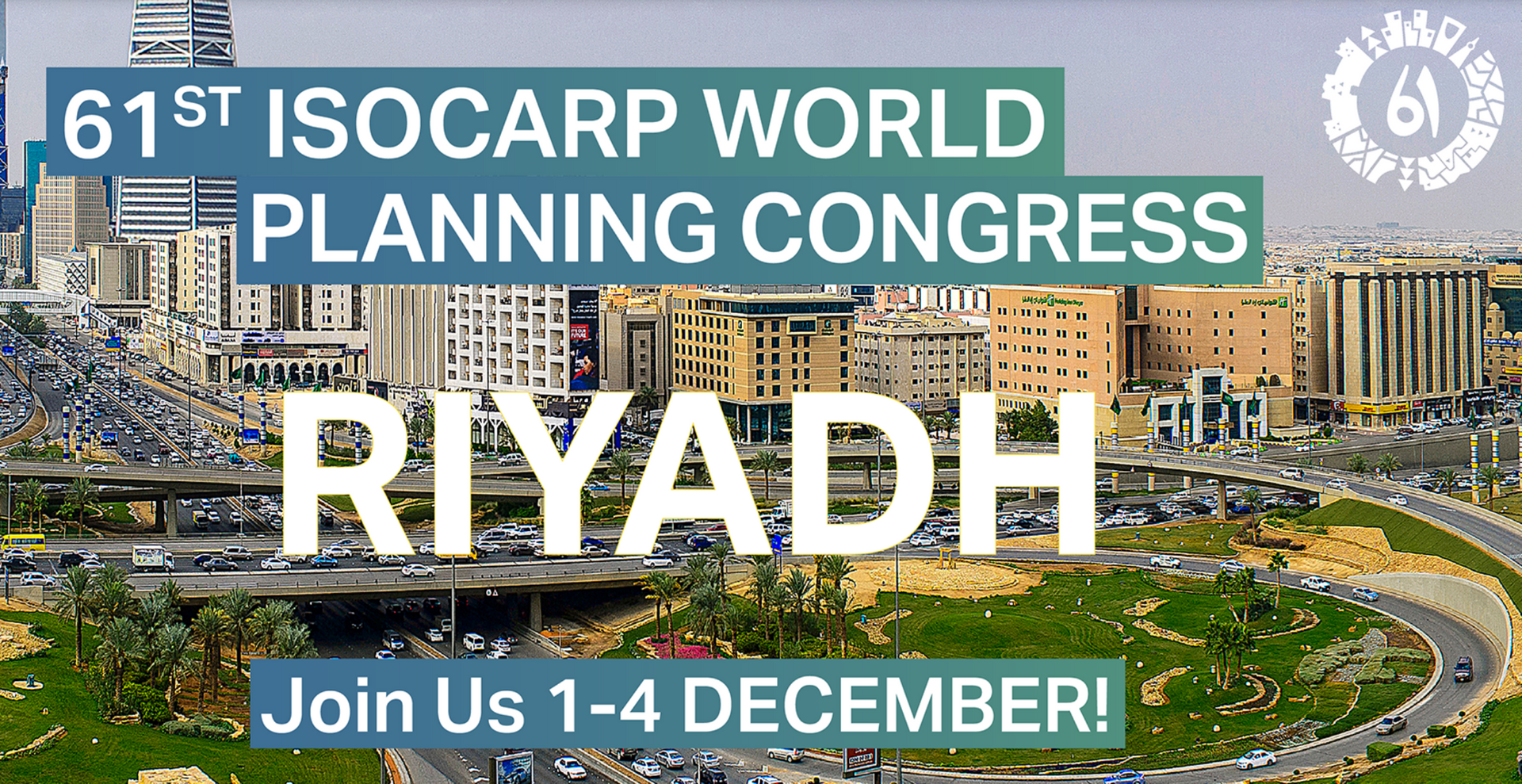Localizing the SDGs: Does the SDG Implementation Require a Reform of the Way the United Nations works? (1 of 4 posts)
1. The UN prepared in 2015 the SDGs but no appropriate enabling environment
and
implementation mechanism
In this first post I will look at some basics of the relationship between the international, national and local level of governance in relation to sustainable development. For a blog this first post may be a bit long (3 pages + references) but the enabling environment for SDG achievement is key for the understanding and the multilevel system of governance provides the backbone for the localization of a global agenda. So, I hope the length is appropriate.
Note on this series of blog posts
The UN Secretary General and others admitted in 2020 that the implementation of the Agenda 2030 and the Sustainable Development Goals SDGs is off track. To put it back on track there is an urgent need to improve and accelerate implementation of SDG. But does that include local action only or does it need also an improved enabling environment and would that require changes in the way the UN and the member states work? Guided by this question I am planning to publish in the course of the upcoming week on my new blog 'With burning patience' a series of four posts on this burning issue of localizing and implementing the SDG.
Post 1: In 2015 the UN prepared and adopted the SDG but no appropriate enabling environment and implementation mechanism
Post 2: First efforts to localize the SDG between 2015 and 2020 (public on 9 Jan 21)
Post 3: Now local actors call for a seat at the table of international decision-makers to improve SDG implementation (public on 11 Jan 21 or earlier)
Post 4: Does localizing SDG require a reform of the United Nations? (public on 13 Jan 21 or earlier)
Main picture of the four posts: UN Secretary-General Ban Ki-moon joins local leaders from around the world at the World Mayors Assembly at Habitat III in Quito in 2016.
To read all posts of the blog 'With burning patience' please follow this link
https://www.ugraute.de/blog-1
The Contradictory Relationship between the United Nations and
Local Authorities in the Field of Sustainable and Urban Development
Divided by the principle of sovereignty of member states
The UN is known for its Charter, the General Assembly, the Security Council and ECOSOC, but in the end the value its member states and the public attribute to the UN depends on what are the organization’s achievements and its local impacts within member states. In spite of this, the 70-year-old UN remains a traditional international organization in its basic structure, where decision-making is the sovereign right of national governments, which are then responsible for the implementation within their own countries.
As laid down in its Charter (UN, 2005), the organization is based on the principle of ‘sovereign equality of
all its Members’ (Art. 2, 1). Paragraph 7 of Art. 2 reads as follows:
Nothing contained in the present Charter shall authorize the United Nations to intervene in matters which are
essentially within the domestic jurisdiction of any state or shall require the Members to submit such matters to settlement under the present Charter.
Local and other authorities at a sub-national level are not members of intergovernmental bodies, and are only indirectly represented by their national government.
Committees of cities and regions or economic, social, cultural and environmental councils representing the voice of non-state actors, including local authorities, have been established by constitution or law within the European Union and the African Union, and a number of other cases. However, they do not exist at the global level. Intergovernmental bodies of the UN, including ECOSOC, are composed of national representatives.
Member states may and do ask the UN for ground support in their country, but intergovernmental bodies of the organization have to agree for a mandate to be issued. The UN and the respective member states then have to sign a Host Country Agreement (HCA). The conditions related with this procedure are laid down in Chapter IX of the UN Charter (UN, 2005).
While the UN has only faced minor changes of its charter over the past 70 years, the world has changed dramatically. Together with globalization, the number and intensity of interactions beyond national borders keeps growing, and so does the number of state and non-state actors. Meanwhile, there are uncounted transactions and forms of governance involving public and private stakeholders at all levels (AGNEW, 2009). As much as the understanding of AGNEW (2009) may reflect reality, the UN Charter is still based on the abstract state as the foundation of international cooperation, and the UN as an organization has to cope with both the Charter and reality. Given an increasingly globalized world and growing interrelations and interdependencies between actors, constellations and policies, the UN is searching for more comprehensive answers to the complexity of the present day. Thus, it is increasingly important to interact directly with what the UN calls the Major Groups of non-state stakeholders. Therefore, the UN tries all kinds of tools and methodologies and opens dialogues with all stakeholders including local authorities – but only as long as it does not require a notable reform of the institution and procedures.
The growing relevance of cities in the world
Cities face a growing relative importance due to urbanization, population growth and the concentration of economic activities in urban environments (UN, 2014a , p. 13). While urbanization is a global trend, population growth and rapid urbanization mainly take place in developing countries. This adds to the pre-existing challenges, especially in least developed countries (LDC), where the institutional and regulatory framework is often weak and authorities struggle even to provide basic services. Certainly, conditions for urban and regional development are not the same everywhere and therefore problem-solving requires a sound knowledge of the specific context in each city and region. In spite of all these differences and given the economic size, population density, diversity and political relevance, cities with an innovative edge are hubs of development. Cities represent the transformative power necessary for development and for achieving the SDGs (UCLG, 2014). They also realize the need to look beyond the limits and to cooperate with partners at the national and international levels, as stated in the Buenos Aires Declaration of METROPOLIS (2015):
For this reason, cities and regions exchange knowledge and experience with other local and regional authorities and contribute to national and international dialogues. Looking at how other cities have solved a problem is a simple way of seeking advice, and helps to solve problems in one’s own city. In other cases where there are no model solutions, exchange and cooperation can help to search jointly for solutions. […] No city or region, however big or powerful, has the capacity to influence the global agenda on its own. Local authorities from different parts of the world need to build close alliances to be heard in global forums and to be able to influence international decision-making processes. This is why networks of cities and local governments are crucial in today’s world.
Urban development and local governance as the key to agenda implementation
Some of the 17 SDGs (cf. Table 1), especially SDG 11, include direct linkages to urban development. In addition, SDGs and targets relate to many subjects like soil erosion, desertification, reforestation, quality of drinking water, poverty eradication, empowering of girls, primary education, or energy efficiency in buildings, industry, agriculture and transport goals, and many related targets need to be localized. According to the GLOBAL TASKFORCE (2015), all SDGs have at least one target with a territorial dimension. Considering this, it is not surprising that the role of local authorities received high attention right from the beginning of the agenda process. Already at the ‘Cities Leadership Day’ in Rio de Janeiro on 21 June 2012, UN Secretary General Ban Ki-moon said that ‘ The road to global sustainability runs through the world’ s cities and towns.’
The first proposals of SDGs also gave special attention to cities also by the first proposals of SDGs. One of the proposals was presented by the High-Level Panel of Eminent Persons on the Post-2015 Development Agenda (2013), which was co-chaired by UK Prime Minister David Cameron. Another proposal was developed by the SUSTAINABLE DEVELOPMENT SOLUTIONS NETWORK (SDSN) (2013a) together with Jeffrey Sachs, Director of the SDSN Secretariat. Both groups had a strong impact on the agenda’ s development.
Several voices called for a stronger consideration of local and particularly urban matters, as well as for a better involvement of local actors. This was done, for example, in the context of the Global Thematic Consultation on Governance and the Post-2015 Development Framework. This consultation was carried out between September 2012 and March 2013 in response to an increasing demand for an open and inclusive dialogue expressed by various actors, especially civil society. The stages for the consultation included the Internet and several meetings, including a global conference in Johannesburg, South Africa, in 2013. Summarizing the consultation, the two co-organizing UN agencies, the UN Development Programme (UNDP) and the Office of the High Commissioner for Human Rights (OHCHR), came to the following conclusion with regard to the coordination of policies and cooperation:
Coherence among policies within and across governance levels, including national ownership of an international framework, is imperative: A new global framework must be aligned with national policies, budgets, and local delivery. Without such vertical alignment, it is likely that a new framework will remain aspirational and unachievable. (UNDP and OHCHR, 2013, point 3, p. 6)
Further on, the position was specified:
Strengthening local governments and local development is critical for ensuring empowerment, civic participation and better service delivery: Local-level indicators must be included in any future development framework, because local governments are the primary point of institutional contact for the majority of individuals. From service delivery to wider programmes for citizen empowerment and civic participation, policies need to focus on individuals and communities rather than merely on geographic areas. (point 8, p. 7)
The HIGH-LEVEL PANEL (2013), which included among its members only one urban representative (the president of the United Cities and Local Governments (UCLG) and mayor of the city of Istanbul), has chosen this view on local authorities: ‘Local authorities form a vital bridge between national governments, communities and citizens and will have a critical role in a new global partnership’ (p. 10). Following this, the report used more drastic words: ‘Cities are where the battle for sustainable development will be won or lost’ (p. 17).
Underscoring the relevance of local action while ignoring the necessary enabling environment for local agenda implementation
In spite of the strong arguments for a prominently positioned urban SDG, the reports quoted failed to make proposals on how better to engage local actors in more formalized cooperation at the international level. The report of the HIGH-LEVEL PANEL (2013) explicitly stated that ‘it is beyond the scope of this report to propose options for the reform of the UN […]’ (p. 21). The SDSN report made no specific suggestions for the implementation of SDGs. Instead the SDGs aim at inspiring those working on the implementation to act within their respective responsibility (SACHS and JEREMIC, 2013; SDSN, 2013b).
In spite of backlashes, the discussion on the role of local authorities and other stakeholders had an impact on the governance structure of the new agenda. Already in September 2013, a High Level Political Forum (HLPF) was established following the General Assembly resolution A/RES/67/290. The Forum is reviewing now every year the progress made and identify challenges ahead. Many member states have already submitted Voluntary National reviews (VNR). Thus, the forum is practically the main platform of the UN monitoring and coordinating the agenda implementation towards sustainable development. It meets every year under the auspices of ECOSOC, and every four years under the auspices of the General Assembly. The resolution enhanced the engagement of stakeholders. Major groups and other stakeholders have been granted comprehensive participatory opportunities in the HLPF. According to paragraph 15 of the resolution, representatives of Major Groups and other relevant stakeholders are allowed to attend all official meetings of the forum while retaining the intergovernmental character of the HLPF. They also have access to all official information and documents, intervene in official meetings, submit documents and present written and oral contributions; make recommendations; and organize side events and round tables, in cooperation with member states and the Secretariat. In addition, the resolution encourages Major Groups and other stakeholders to establish autonomously and maintain effective coordination mechanisms for participation in the HLPF.
It is certainly true that the Major Groups with their independent organizations and networks should establish and maintain their own coordination mechanisms, but the measures taken are not sufficient to unlock their full potential and to include them into the management and accountability mechanisms of SDG implementation. Saying that Major Groups and especially local authorities may (or may not) contribute to the work of the HLPF is as if the lead partner of the urban development project told the other partners that they may or may not join meetings in which the progress of the project is discussed. In this respect, the UN relies on its own system and the clear division between the international and the national responsibilities. The governments of the member states are expected to get involved and to coordinate all relevant stakeholders within the national context. What sounds like a measure to reduce complexity of interaction and cooperation does not consider reality, which is increasingly driven by interaction and collaboration beyond national borders. In the case of the SDGs, the traditional understanding of international relations as the cooperation of national governments confines the global partnership between UN and Major Groups to a mainly virtual interaction channelled through national governments. Thus, national governments have more responsibility and there could be the risk that SDG implementation in certain countries is curbed by weak capacities at the national level. In contrast, stakeholder engagement at all levels of the multilevel systems of governance would make it possible to share responsibility and unlock the full potential required to achieve the ambitious goals of the agenda. Unfortunately, without a proper implementation mechanism adopted together with the Agenda 2030 a big muddling through started and local authorities and their associations had to live with the framework provided.
In the next blog I'll look at the state of localizing SDG and on some sources of support local actors can get. I am afraid that the next post will also make visible how difficult it is to get a full picture of SDG localization. The implementation of SDG is decentralized and, thus, external analysts like me and actors in international organizations are likely to know only a part of the activities.
References
AGNEW J. (2009) Globalization and Sovereignty. Rowman & Littlefield, Lanham, MD.
METROPOLIS (2015) A New Urban Agenda for the World – Ideas and Recommendations from a Metropolitan Perspective. Declaration of Buenos Aires
GLOBAL TASKFORCE OF LOCAL & REGIONAL GOVERNMENTS FOR POST-2015 DEVELOPMENT AGENDA TOWARDS HABITAT III (2015) Local Authorities Major Group’s (LAMG) Position Paper March 2015. Published with ICLEI, nrg4sd and UCLG, Barcelona
HIGH-LEVEL PANEL OF EMINENT PERSONS ON THE POST-2015 DEVELOPMENT AGENDA (2013) A New Global Partnership: Eradicate Poverty and Transform Economies through Sustainable Development. 30 May. New York, NY.
SACHS J. and JEREMIC V. (2013) The United Nations in the Age of Sustainable Development. Office of the President of the General Assembly, The High-Level Advisory Panel, United Nations, New York, NY
SUSTAINABLE DEVELOPMENT SOLUTIONS NETWORK (SDSN) (2013a) An Action Agenda for Sustainable Development. Report for the UN Secretary General. Prepared by the Leadership Council of the SDSN, 6 June 2013, New York, NY.
SUSTAINABLE DEVELOPMENT SOLUTIONS NETWORK (SDSN) (2013b) Why the World Needs an Urban Sustainable Development Goal. Note prepared by the SDSN Thematic Group on Sustainable Cities, supported by UN-Habitat, UCLG, Cities Alliance and ICLEI. 18 September 2013, New York, NY.
UNITED CITIES AND LOCAL GOVERNMENTS (UCLG) (2014) Third Global Report on Local Democracy and Decentralization, Basic
Services for All in an Urbanizing World. UCLG, Barcelona.
UNITED NATIONS (UN) (2005) Charter of the United Nations and Statute of the International Court of Justice. UN, New York, NY.
UNITED NATIONS (UN) (2014a) World Urbanization Prospects – 2014 Revision. UN, New York, NY.
UNITED NATIONS DEVELOPMENT PROGRAMME (UNDP) and OFFICE OF THE HIGH COMMISSIONER FOR HUMAN RIGHTS (OHCHR) (2013) Global Thematic Consultation on Governance and the Post-2015 Development Framework. Consultation Report. UNDP and OHCHR, New York, NY.
Parts of this post were originally published in paper: Ulrich Graute, 2016. "Local Authorities Acting Globally for Sustainable Development," Regional Studies, Taylor & Francis Journals, vol. 50(11), pages 1931-1942, November.
Policies and Governance for Resilient and Sustainable Cities and Regions
